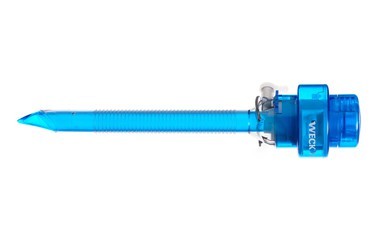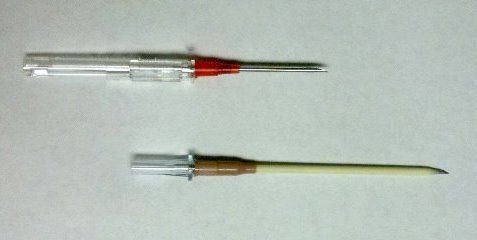I continue to see interest in using finger thoracostomy in place of needling the chest for the management of real or presumed tension pneumothorax. As noted in the title, I don’t really care for this procedure. I know that there’s a lot of opinion on this topic out there, especially in blogs. My colleague, Scott Weingart (EMCrit) has a very nice podcast on the topic (link below). But the actual scientific literature supporting or condemning its use is sparse.
The procedure consists of doing a limited prep of the chest in the same location for regular chest tube placement, incision, rapid puncture of the parietal pleura, followed by placement of a finger into the pleural space to release tension. Sounds well and good! So what’s my beef? The arguments for it emphasize speed, certainty, and reversibility.
Let’s talk about speed first. This procedure is supposed to be fast. An incision, a few quick sweeps with a clamp, and voila! Finger inserted. And it can be this fast. But in reality, especially in training centers, people who don’t insert chest tubes very often take too long (1-2 minutes).
The next argument is certainty. There are a number of papers showing that needle thoracostomies often miss the mark, especially when using standard through the catheter needles. This is more likely to occur when the needle is inserted in the standard location (2nd intercostal space, midclavicular line) and in obese patients. My response is, use a longer needle!

The angio-catheter on top is a standard 14Ga 1.25 inch model, and won’t get you anywhere. It’s only good for thin people, and will kink as soon as the needle is withdrawn. The bottom model is 10Ga 3 inch, and is effective in everyone save the very morbidly obese. It’s thick and will not kink until it gets good and warm.
The final issue is reversibility. The argument goes, stick a needle in the lung and you’ll get a pneumothorax, but stick a finger in the chest and no harm done. I don’t completely buy this. Puncturing the lung does not a guarantee a pneumothorax. But it will require a subsequent chest xray to see if one develops. Finger thoracostomy doesn’t guarantee that a pneumothorax won’t occur. It also requires a chest xray later to check.
Bottom line: As you can tell, I’m not a big fan of finger thoracostomy, mainly due to speed (or lack thereof). Just stock some big fat needle catheters in your trauma bay and be done with it. But if you really, really want to use the finger technique, make sure that the person doing it is very experienced. This is not a learner’s procedure. It should take no more than 15 seconds, or the wrong person is doing it.
Related posts:




